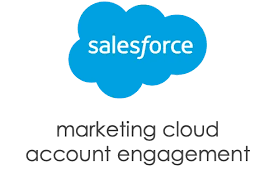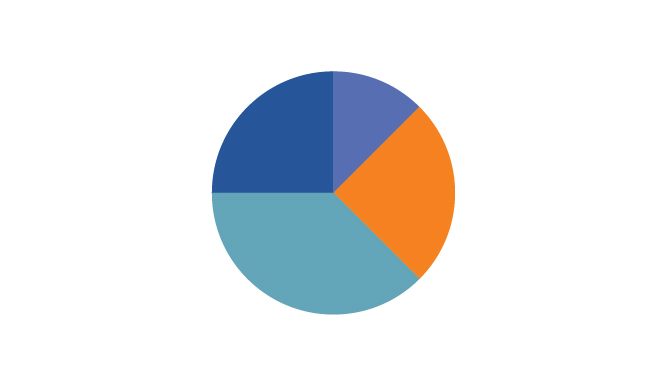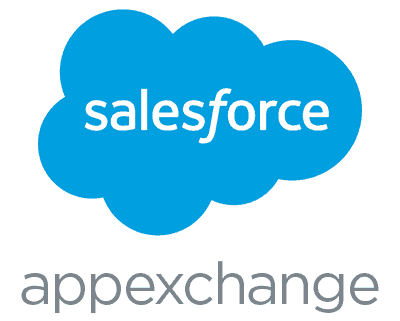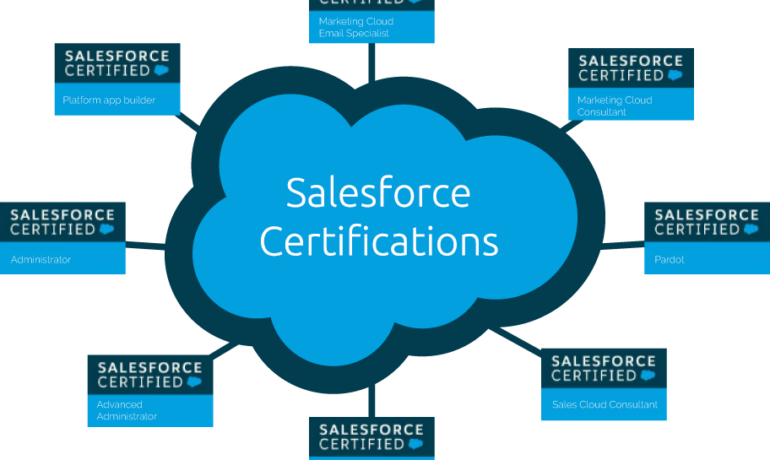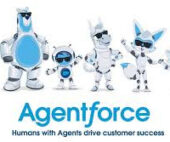Marketing Cloud Account Engagement and Salesforce Campaigns
The interplay between Account Engagement and Salesforce Campaigns often sparks confusion and frustration among users. In this insight, we’ll demystify the disparities between the two and shed light on their respective functionalities. Marketing Cloud Account Engagement and Salesforce Campaigns. Account Engagement Campaigns: Account Engagement Campaigns serve as the cornerstone of tracking prospect interactions within Account Engagement. When creating marketing assets such as emails, landing pages, or forms, associating them with a Campaign is essential. This linkage facilitates tracking interactions with these assets, with the first Campaign a Prospect interacts with becoming their Source Campaign. Here’s a breakdown: Salesforce Campaigns: Salesforce Campaigns operate differently from Account Engagement Campaigns, serving as a mechanism to track various touchpoints or interactions with leads and contacts. They enable more complex attribution reporting within Salesforce: Salesforce Campaign Integration with Account Engagement: Despite their differences, Account Engagement and Salesforce Campaigns can be integrated to complement each other’s functionalities: Choosing Between the Marketing Cloud Account Engagement and Salesforce Campaigns: The decision between using Salesforce Campaigns or Account Engagement Campaigns boils down to their distinct utilities: Update: Since 2018, Connected Campaigns have bridged the management experience between Salesforce and Account Engagement, streamlining cross-platform alignment and campaign reporting. This enhancement alleviates previous confusion and enhances campaign management efficiency. In conclusion, leveraging both Salesforce Campaigns and Account Engagement Campaigns is recommended for comprehensive campaign management and attribution analysis. If you require assistance with campaign setup, don’t hesitate to reach out to our experts. Content updated November 2023. Like1 Related Posts Salesforce OEM AppExchange Expanding its reach beyond CRM, Salesforce.com has launched a new service called AppExchange OEM Edition, aimed at non-CRM service providers. Read more The Salesforce Story In Marc Benioff’s own words How did salesforce.com grow from a start up in a rented apartment into the world’s Read more Salesforce Jigsaw Salesforce.com, a prominent figure in cloud computing, has finalized a deal to acquire Jigsaw, a wiki-style business contact database, for Read more Service Cloud with AI-Driven Intelligence Salesforce Enhances Service Cloud with AI-Driven Intelligence Engine Data science and analytics are rapidly becoming standard features in enterprise applications, Read more

